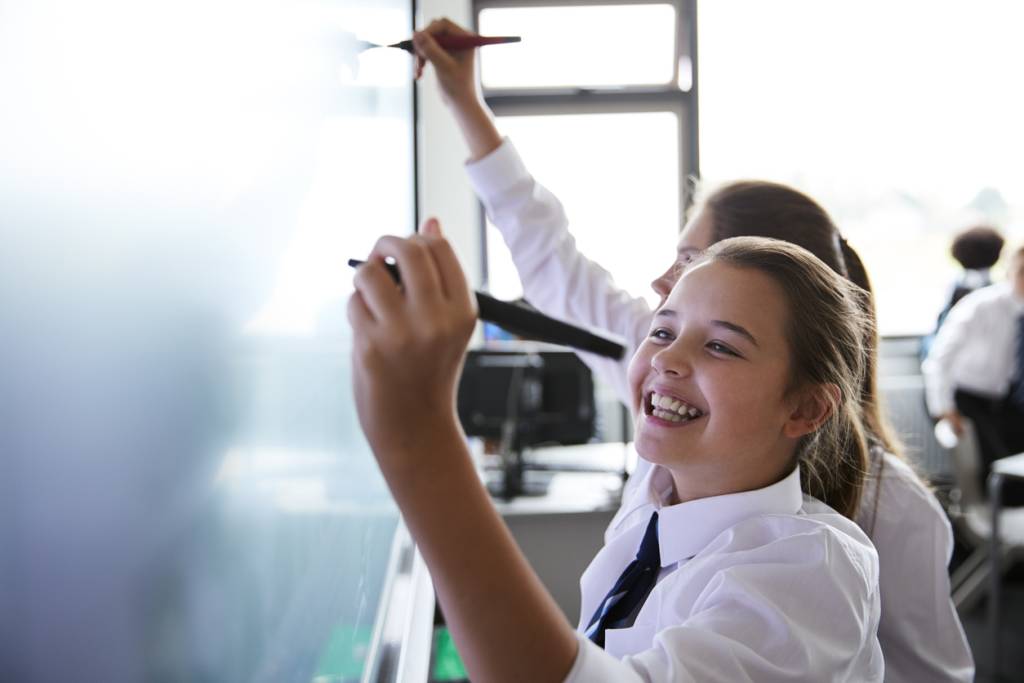
Unlocking the Potential of Memory Science: Techniques to Enhance Student Recall within Educational Settings
In previous eras of education, lessons often consisted of a teacher dictating reams of information while the class scribed furiously to take them down. This was the tried and tested method of teaching. ‘Chalk and talk’ as some like to refer to it.
Teachers were simply a vessel for information, which they bestowed in large quantities onto the students, who were expected to write everything down and then go and learn it in their own time.
However, as time has gone on and our understanding of the brain’s cognitive functioning has improved, we’ve asked ourselves whether forcing students and teachers to race through topic after topic is the best approach.

Understanding working memory and long term memory
When we learn, we rely on our working memory. Working memory refers to how we hold on to and manipulate information that the short-term memory stores. If you’re in the middle of a phone call and the speaker asks you to remember your account number while they pass you on to another person, that’s your working memory at work.
You can think of the process of learning a bit like delivering a parcel. Before the package (i.e., the new information) can get delivered to the right address (our long-term memory), it must be processed and travel through several different areas.
Our short-term memories are much more limited in their storage capacity – which is why we want to pass the information along to our long-term memories. To do this, information needs to be processed by our working memories, but this too has a limited capacity – which is why humans struggle to remember more than seven digits at once!
The old-school method of racing through reams of information in class is actually detrimental to learning outcomes. It overloads students’ working memories, resulting in a drop in confidence due to their perceived inability to process and retain information.
Why is the working memory crucial when it comes to learning?
Working memory is involved in transferring information from our short-term memory to our long-term memory. It’s also used for temporarily holding information in our minds while we problem solve.
Here are some examples of tasks that use the working memory:
- Spatial reasoning task
- Mental arithmetic
- Listening to and following directions that contain multiple steps
- Remembering a question long enough to formulate an answer
How can you tailor lessons to work with the working memory?
If we want students to retain information long enough for it to be passed to their long-term memories, we can package and deliver lesson content in a way that works with the nuances of the working memory.
Often, when covering new lesson material, students are bombarded with multiple tasks and different stimuli. They are required to follow the lesson on the main display at the front of the room, listen to the educator talk, and take notes at the same time.
It has been suggested that 20 – 50% of students with specific learning disorders like dyslexia or ADHD experience issues with their working memory. So formulating the information in a way that makes it less strenuous on the working memory also makes it more accessible for these students.
Here are some simple ways to make your lessons more working memory-friendly:
- Provide access to material outside of the classroom
- Encourage students to visualize the problem and solution
- Chunk information
- Have your students teach you
- Make information multi-sensory
Make content more interactive and accessible with Montage
In the dynamic classroom, every student’s learning journey is precious and unique. Teachers want to understand the diverse needs of their students. The DisplayNote Montage software, is a game-changing wireless screen sharing tool designed to foster an inclusive and interactive learning environment.
Montage enables seamless content sharing on the teachers main display. Whether it’s a captivating video, an engaging presentation, an informative document, or a stimulating webpage, Montage empowers both teachers and students to effortlessly project their materials from any device. This technology opens up new avenues for active participation and enriched comprehension.
Want to stay in the loop?
Keep up-to-date with everything DisplayNote – including new releases, job openings, and customer giveaways.
Don’t worry, we’ll not spam you and we’ll never share your email with anyone






